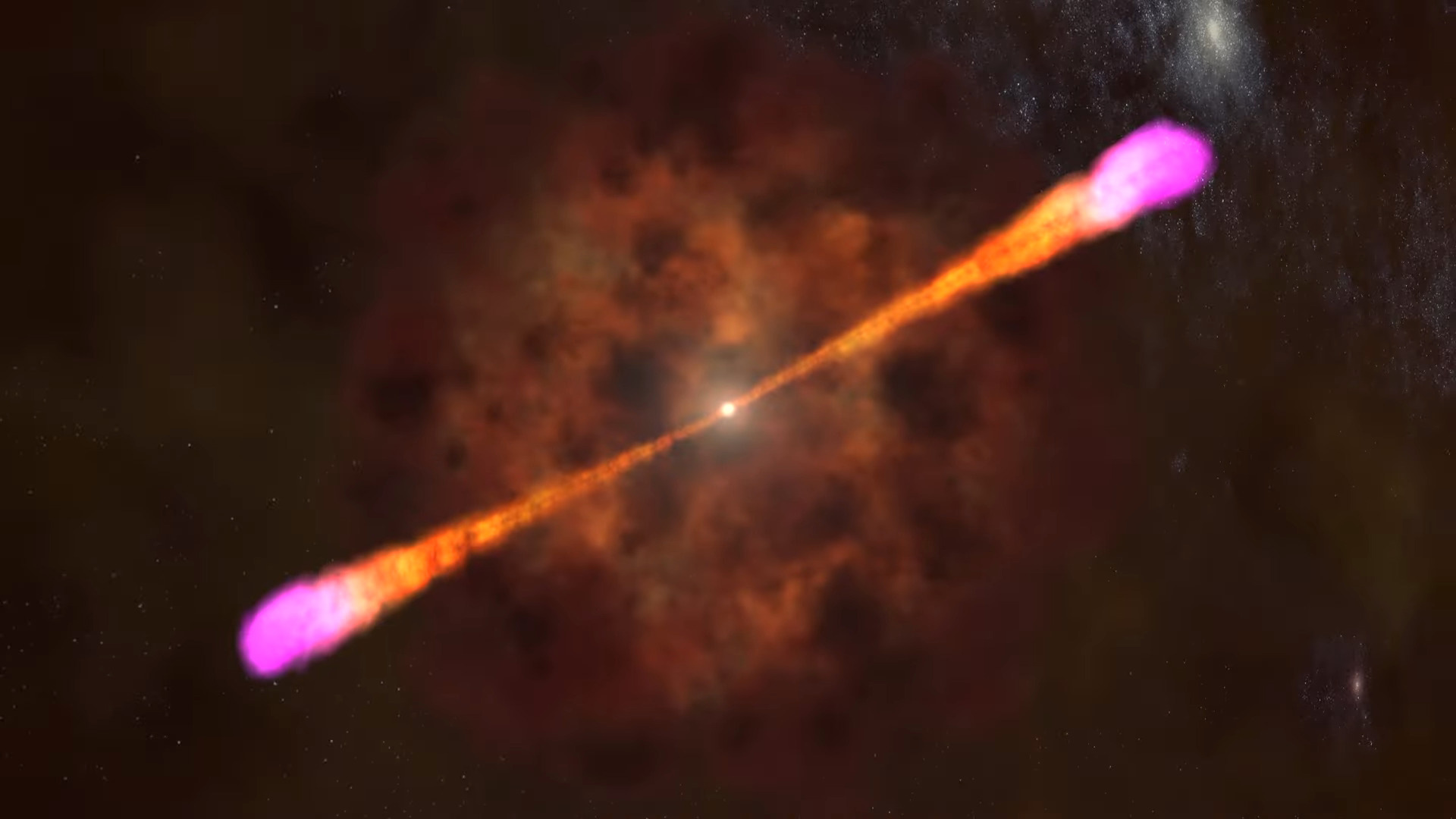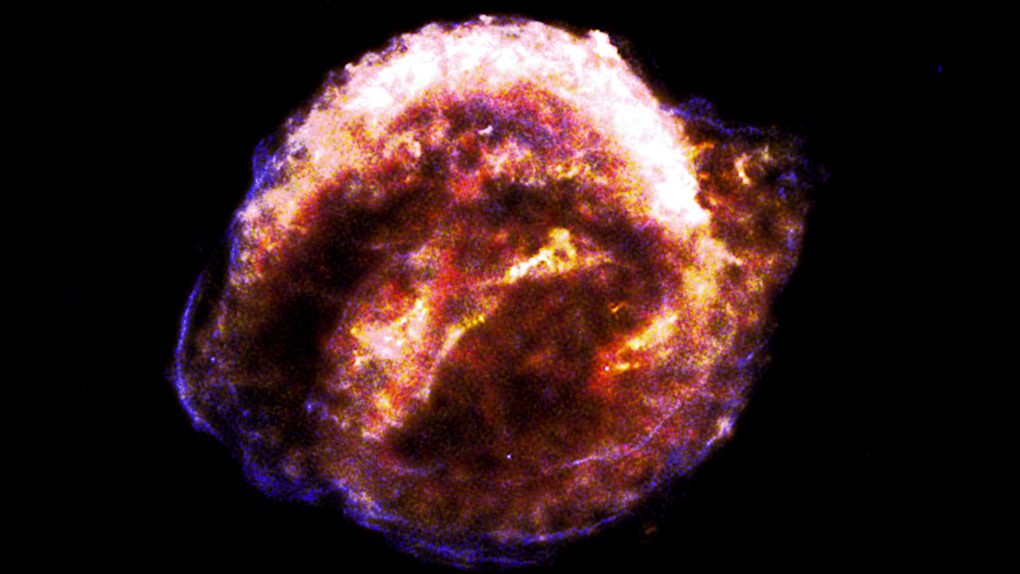Everything in our universe is moving. Planets, stars, asteroids, and moons. Every celestial object we have discovered thus far is moving in some manner, even entire galaxies. We see evidence of this in the way galaxies collide and merge, how black holes become one, and even in how stars collide. Now, though, we’ve discovered a brand new way for stars to die, a new trigger for stellar explosions we hadn’t previously accounted for.
We’ve known for some time that stars can eat away at each other, ripping the energy and matter from each other until nothing is left but remnants. Now, though, astronomers have discovered evidence that stellar collisions between stars can actually trigger the death of the stars, too. The new evidence, which can be found in a paper published in Nature Astronomy, suggests gamma-ray bursts can be created by stellar collisions.

The evidence was discovered using the Gamini South telescope in Chile and the Nordic Optical Telescope, as well as NASA’s Hubble Space Telescope. Astronomers used the telescopes to check back in on gamma-ray bursts spotted by the Swift Observatory in 2019. These bursts, which were named GRB 191019A, were long and lasted a little over a minute.
The researchers managed to find the burst’s origin, deep in the core of an ancient galaxy, roughly 100 light-years out from the core. Based on those observations, the astronomers believe that the collision of two compact objects led to the gamma-ray burst’s creation, and that it wasn’t just a massive star collapsing. Instead, the death of two stars appears to have fueled the burst.
The discovery was particularly intriguing because the galaxy is so ancient that most stars massive enough to have died in a gamma-ray-producing supernova are long dead. As such, the astronomers were baffled when the burst led them back to that particular galaxy. However, this new evidence does highlight a terrifying reality — that even stellar collisions can result in the death of massive stars, something that could prove devastating for other star systems in the future.








